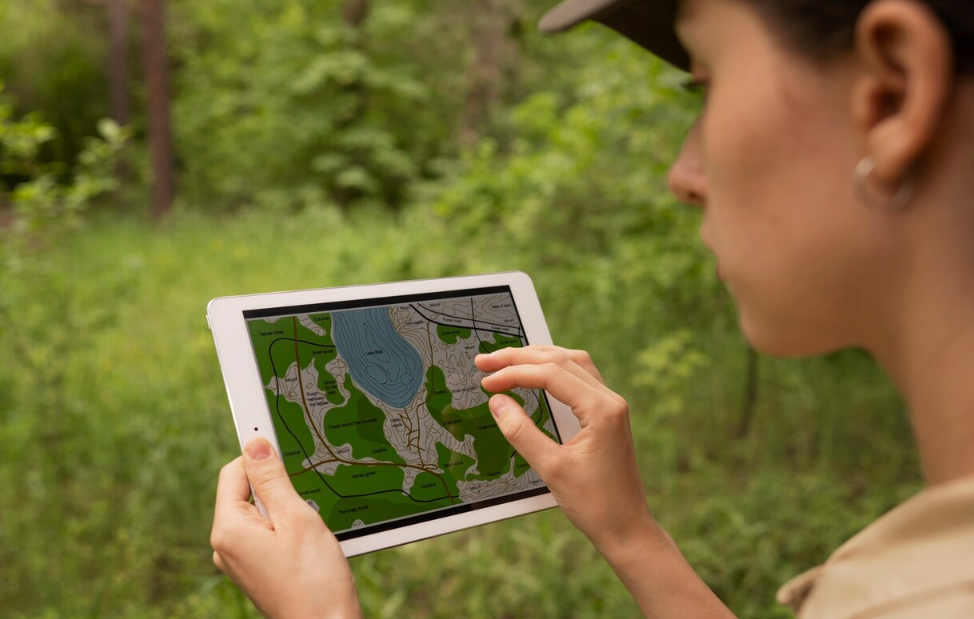In a world where artificial intelligence is rapidly making its way into nearly every aspect of our lives, food critique is no longer just the domain of human experts. The rise of synth food critics—AI-powered algorithms capable of evaluating taste, texture, presentation, and even emotional reactions to food—could revolutionize how we approach dining, food reviews, and the culinary arts.
But what does it mean to have an AI as your go-to food critic? Are synthetic critics capable of capturing the nuanced experience of tasting a dish, or are they merely a novelty? The emergence of AI-driven food critics is an exciting development, blending technology with gastronomy in unexpected ways.
1. What Are Synth Food Critics?
Synth food critics refer to AI systems designed to analyze and critique food with the precision of a professional culinary expert. These systems use various sensor technologies and machine learning algorithms to assess every aspect of a meal, including:
- Flavor profiles: By simulating taste receptors and analyzing ingredient combinations, synth critics can gauge the balance of flavors like salty, sweet, bitter, sour, and umami.
- Texture and Mouthfeel: Through data collection and analysis of food’s physical properties, AI can evaluate the tactile experience of eating, such as crunchiness, smoothness, or chewiness.
- Presentation and Plating: Using computer vision and object recognition, AI can assess how visually appealing a dish is, considering aspects like color contrast, arrangement, and garnish.
- Emotional Impact: By analyzing facial expressions, voice tone, or biometric data, these critics can even gauge how a diner feels about the meal in real-time.
While humans rely on intuition and subjective preferences, synth food critics base their reviews on objective, data-driven analysis.
2. How Do Synth Food Critics Work?
At the core of synth food critics are sensor technologies, which capture data about the food and its interaction with the human body. Here’s how these systems typically function:
🧠 Artificial Intelligence and Machine Learning
Machine learning models are trained to recognize patterns in food data—such as texture, flavor combinations, and visual appeal. Over time, the system learns to predict what a “good” dish is based on vast amounts of data, including expert reviews, consumer preferences, and culinary traditions.
🍴 Sensory Technology Integration
Some AI food critics are paired with electronic sensors that analyze the molecular structure of food, simulating the way humans taste and feel different textures. These sensors could be integrated into wearable devices, like smart glasses or wristbands, or used in controlled environments like a digital kitchen.
📷 Visual and Emotional Recognition
Synth critics also incorporate computer vision to examine the presentation of dishes. Additionally, facial recognition and emotion-detection algorithms help assess how a diner reacts to different food experiences. By observing micro-expressions, the AI can predict enjoyment levels, even if the diner doesn’t explicitly express it.
3. Applications of Synth Food Critics
🍽️ Restaurant Reviews and Food Criticism
The most obvious application of synth food critics is food journalism. With AI systems providing objective and quantifiable ratings of food, restaurants can get more consistent reviews, free from human bias. Instead of reading subjective opinions, consumers could access data-backed assessments of dishes.
- Example: A restaurant might receive a score based on factors like flavor balance (80%), texture (85%), presentation (90%), and emotional satisfaction (88%).
📱 Personalized Dining Experiences
Imagine an app that analyzes your dietary preferences, health needs, and past dining experiences, then uses a synth food critic to recommend dishes you will love. AI could analyze the food in front of you and suggest adjustments based on your personal preferences—whether you prefer more acidity, a lighter texture, or a dash of spice.
- Example: An AI could recommend the perfect wine pairing based on your emotional reaction to a dish, or suggest an alternative based on the meal’s texture.
🍔 Food Manufacturing and Innovation
Food manufacturers and chefs are using AI to test and optimize new recipes before they even hit the kitchen. A synth critic can simulate how different flavors and textures interact, helping to create new and innovative products that are more likely to succeed in the market.
- Example: Before launching a new snack, a company could run it through an AI critic to test how well it’s likely to be received by consumers based on sensory data.
🍷 Sustainability in Food
Synth critics could also play a role in sustainable food production. By analyzing the environmental impact of certain ingredients, AI could recommend more eco-friendly alternatives or suggest better ways of preparing food with a lower carbon footprint.
- Example: An AI system might recommend plant-based alternatives based on a meal’s nutritional profile, while considering sustainability factors like water use and greenhouse gas emissions.
4. The Benefits of Synth Food Critics
🔍 Objectivity and Consistency
One of the biggest benefits of AI food critics is their ability to provide objective, consistent evaluations. Human critics often have personal biases or are influenced by factors like a restaurant’s reputation or service. A synth critic, however, focuses solely on the data.
🧠 Advanced Personalization
AI-powered food critics can personalize recommendations at an individual level, analyzing your past choices, health needs, and personal preferences to deliver more tailored dining suggestions.
⚡ Speed and Efficiency
Where a human critic might take hours to review a meal and craft a thoughtful review, AI critics can provide instantaneous feedback, allowing for faster insights and decision-making.
5. Ethical and Cultural Considerations
While the rise of synth food critics seems exciting, it comes with its own set of challenges and questions:
🤖 The Role of Human Experience
Food is more than just flavor; it’s an experience, deeply tied to emotions, culture, and memories. Can an AI, devoid of human experience, truly understand and critique food? Will it miss nuances like the emotional connection that comes with sharing a meal with friends?
🧑🍳 Impact on the Culinary Industry
Some argue that relying too heavily on AI to critique food could diminish the artistic and human aspects of cooking. The unique storytelling that chefs bring to their creations might get lost in a sea of data-driven critiques.
👨👩👧 Cultural Sensitivity
AI systems need to be trained with a deep understanding of cultural differences in cuisine and eating habits. A neural network might misinterpret the complexity of flavors or social rituals tied to food, leading to misguided evaluations.
6. The Future of Synth Food Critics
As AI technology continues to evolve, the future of synth food critics looks promising. In the coming years, we might see a world where:
- AI-driven food critique becomes the norm for both casual diners and fine dining establishments.
- Personalized AI assistants help diners find new dishes, optimize their meals for health, and share recommendations tailored to their tastes.
- Sustainability efforts are enhanced by data-driven food manufacturing and culinary practices.
However, the question remains: Will we ever fully accept AI as the ultimate authority in food critique, or will human food critics continue to play a role in shaping our dining experiences?
Conclusion: Embracing the Digital Palate
The rise of synth food critics represents an exciting blend of technology and gastronomy. While the human touch in food critique will likely never be fully replaced, AI is proving to be a valuable tool for enhancing and personalizing our culinary experiences. Whether it’s optimizing restaurant menus, helping us discover new foods, or promoting sustainability, the future of food criticism may be shaped as much by data as it is by taste buds.


